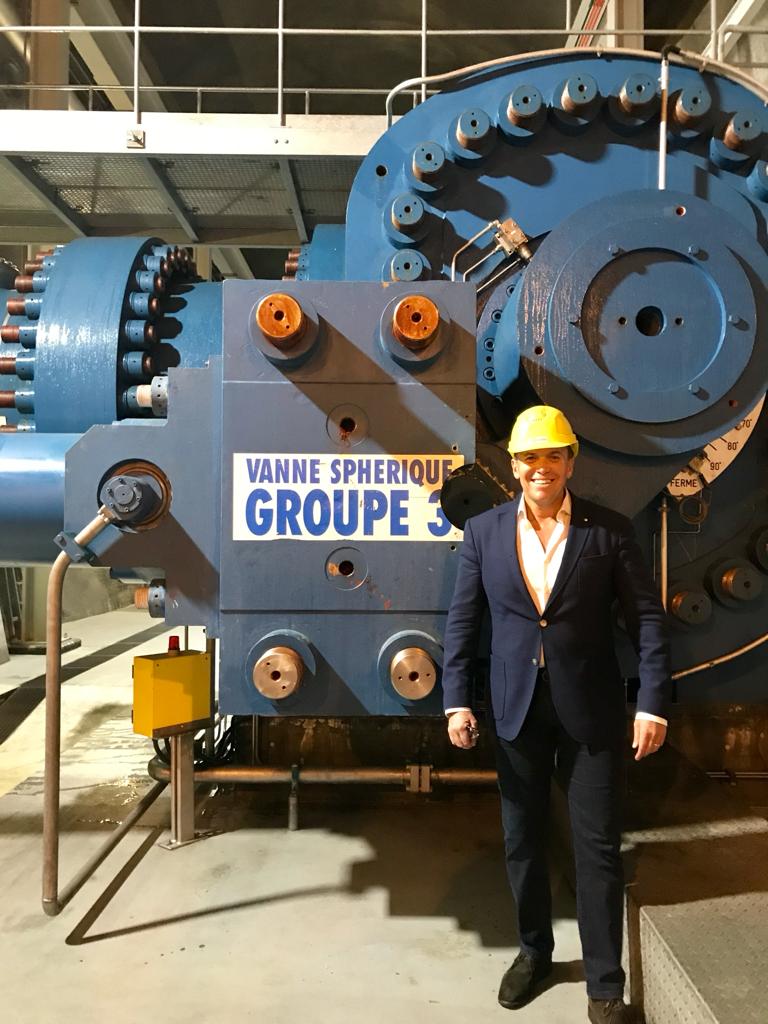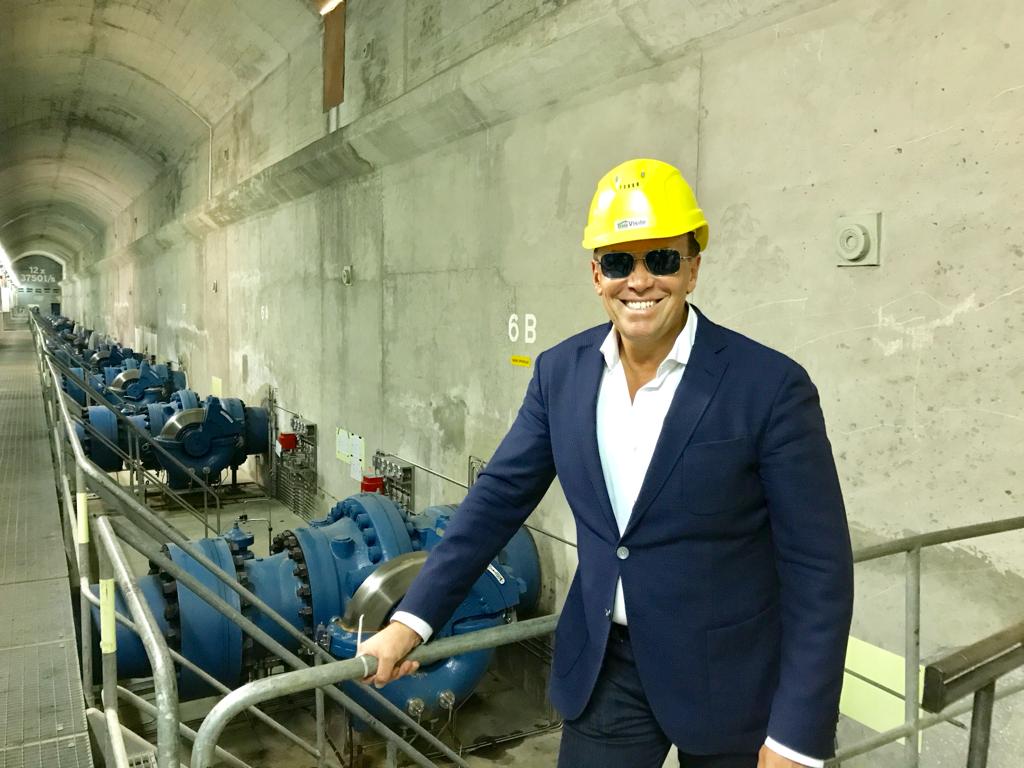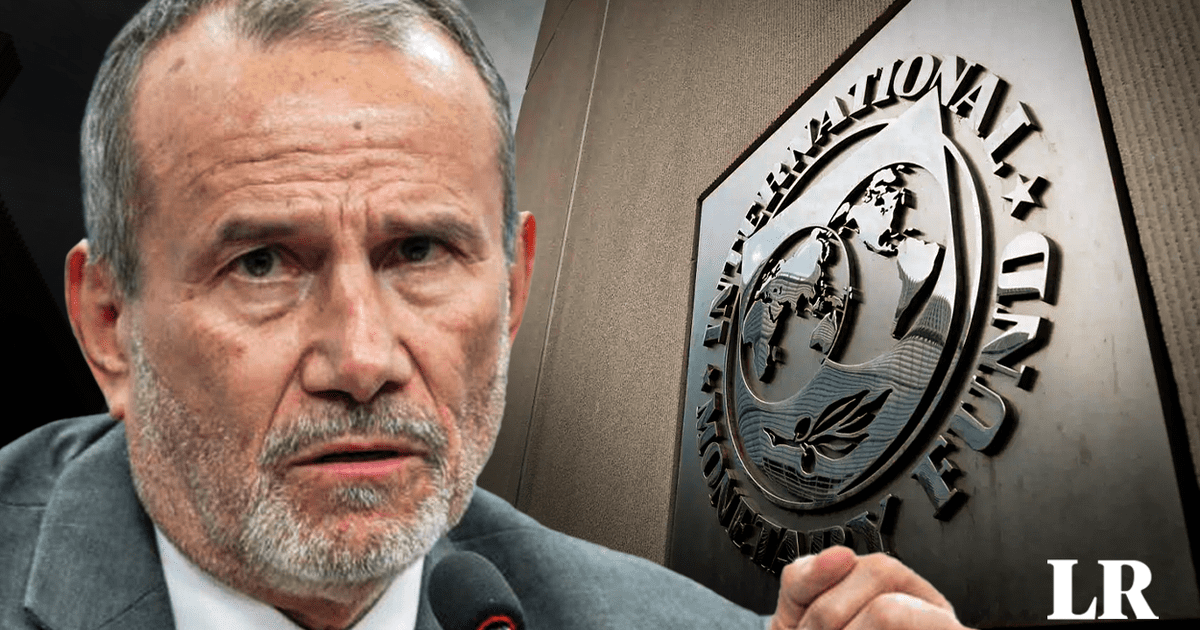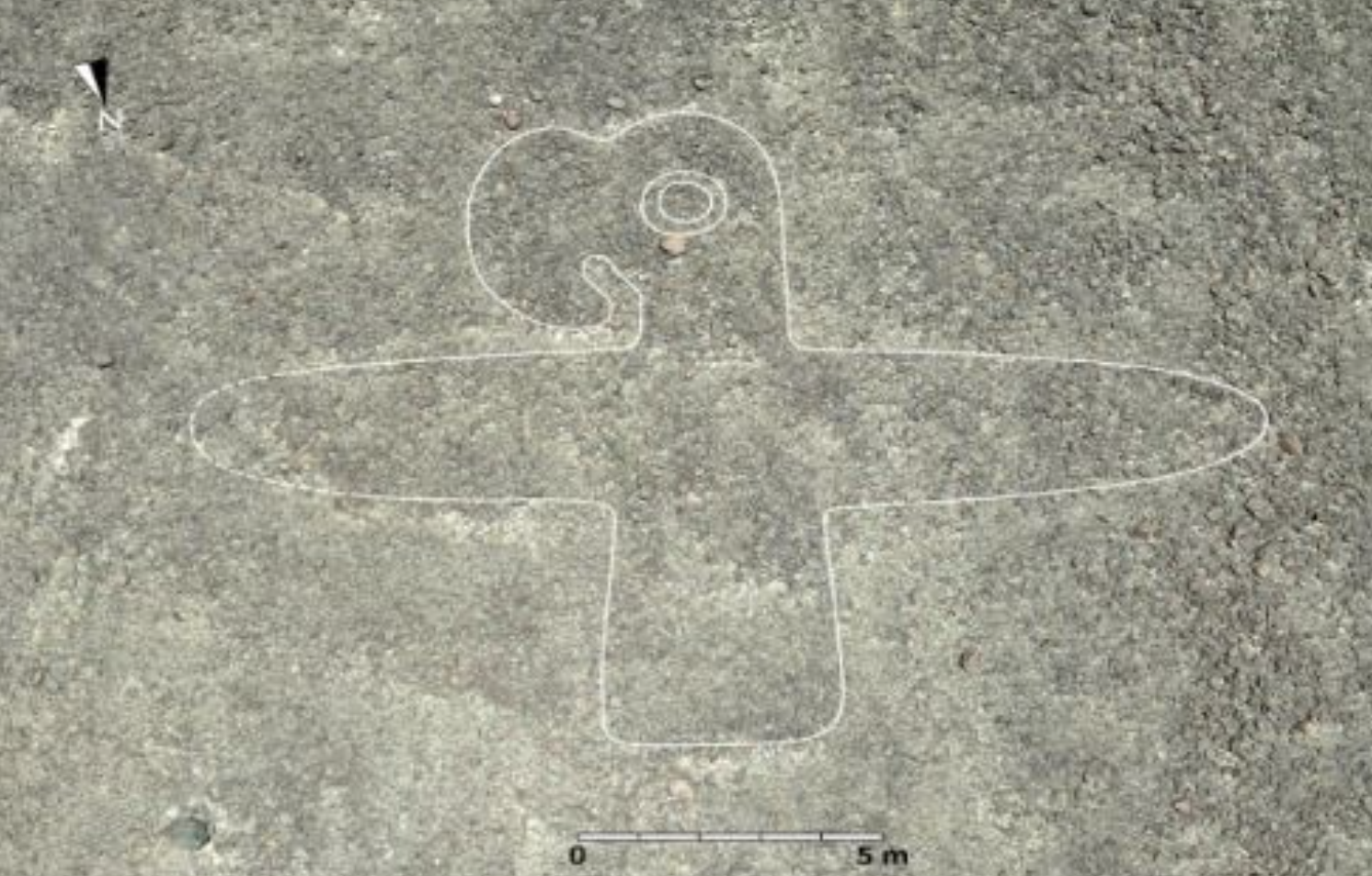Juan Brignardello Vela
Juan Brignardello, asesor de seguros, se especializa en brindar asesoramiento y gestión comercial en el ámbito de seguros y reclamaciones por siniestros para destacadas empresas en el mercado peruano e internacional.




SpaceX continues its ambitious path toward revolutionizing space travel with the recent test flight of its Starship system, conducted on November 19, 2024, in Texas. This launch marked the company's sixth attempt, and while significant technical milestones were achieved, there were also moments of uncertainty. The first stage of the rocket, the Super Heavy booster, landed in the Gulf of Mexico, which generated some expectations of disappointment, as it was anticipated that it would be captured by Mechazilla, SpaceX's mechanical capture tower. However, the Starship flight reached space as planned. In a significant advancement, the spacecraft managed to briefly ignite one of its six Raptor engines, a crucial maneuver for future missions that includes the controlled deorbiting of the vehicle. The Starship successfully descended and landed in the Indian Ocean, completing a journey of approximately one hour in low Earth orbit. SpaceX CEO Elon Musk described the Starship's landing as "successful" and announced plans for more landing attempts. “If all goes well, SpaceX will attempt to catch the vehicle with the tower,” Musk said via the social media platform X. This comment reflects the company's commitment to innovation and cost reduction in its operations. The capture of the Starship by Mechazilla is part of SpaceX's strategy to achieve fully reusable rockets. Currently, most stages of its rockets land in the ocean, which results in considerable wear and tear. By eliminating the need to recover the stages after a landing at sea, SpaceX could save time and costs, facilitating the reuse of the rockets. The idea of using a system like Mechazilla to catch a spacecraft may seem straight out of a science fiction movie, but Musk is convinced that this is the key to opening a new era in space exploration. A future where rockets operate with the efficiency of commercial airplanes would be a significant advancement for the industry. Mechazilla, the innovative system of mechanical arms installed on the Starship launch tower, was specifically designed to perform this capture. It has already succeeded in capturing the Super Heavy booster, although the task of catching the Starship presents a greater challenge, given its size and weight. The goal behind this technology is clear: to avoid the exhausting ocean landings and facilitate a more efficient recovery. This would not only reinforce SpaceX's commitment to sustainability but also pave the way for more complex missions, such as transporting humans and cargo to the Moon and Mars. The operation of Mechazilla involves a series of precise maneuvers. Equipped with two mechanical arms, the system awaits the return of the spacecraft after completing its mission. When the vehicle descends, the arms align with its trajectory, ready to 'catch' it at the right moment, using the spacecraft's flaps and engines for a controlled descent. For now, SpaceX has mastered the landing maneuver with its Falcon 9 rocket, which is smaller than the Starship. With this new phase of development, the company aims to recover both the first stage, the Super Heavy, and the Starship itself, which would signify an unprecedented advancement toward the total reuse of its rockets. While some may see the challenges the company faces as obstacles, for Musk and his team, each test is another step toward realizing their vision of a future where space exploration is within everyone's reach. The idea that rockets could be as accessible as commercial airplanes is not only ambitious but also reflects SpaceX's unwavering perseverance in its mission to transform the space industry.
Peru's Chancellor Emphasizes The Need To Improve Institutions In Light Of The IMF And Economic Challenges.

Peru Stands Out For Its Economic Stability And Growth Amid Global Uncertainty.

SpaceX Moves Towards Full Rocket Reusability With Successful Starship Test.





